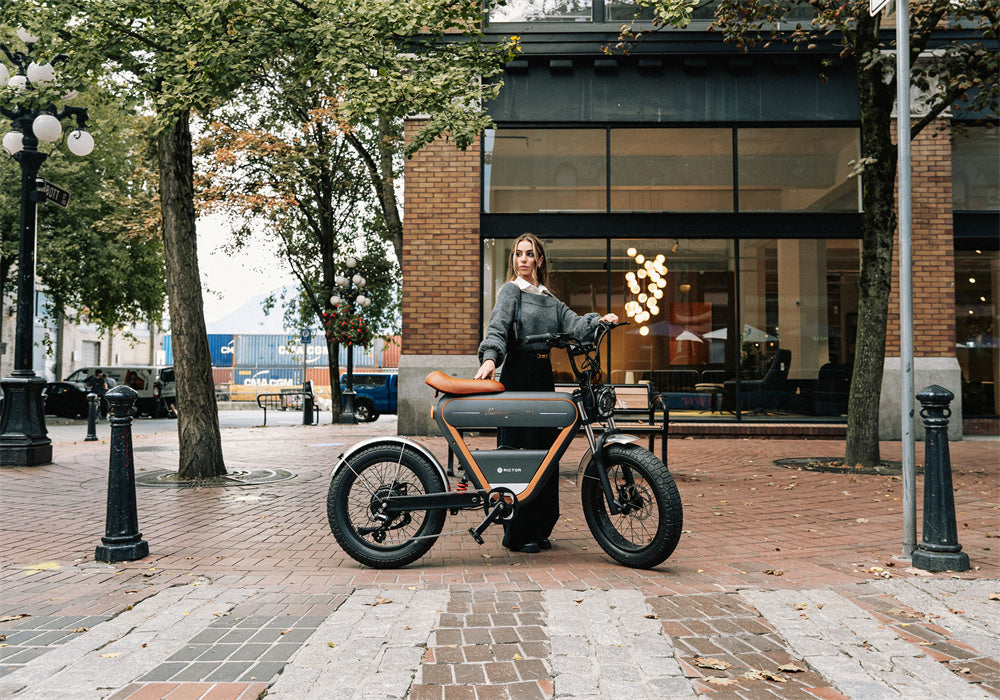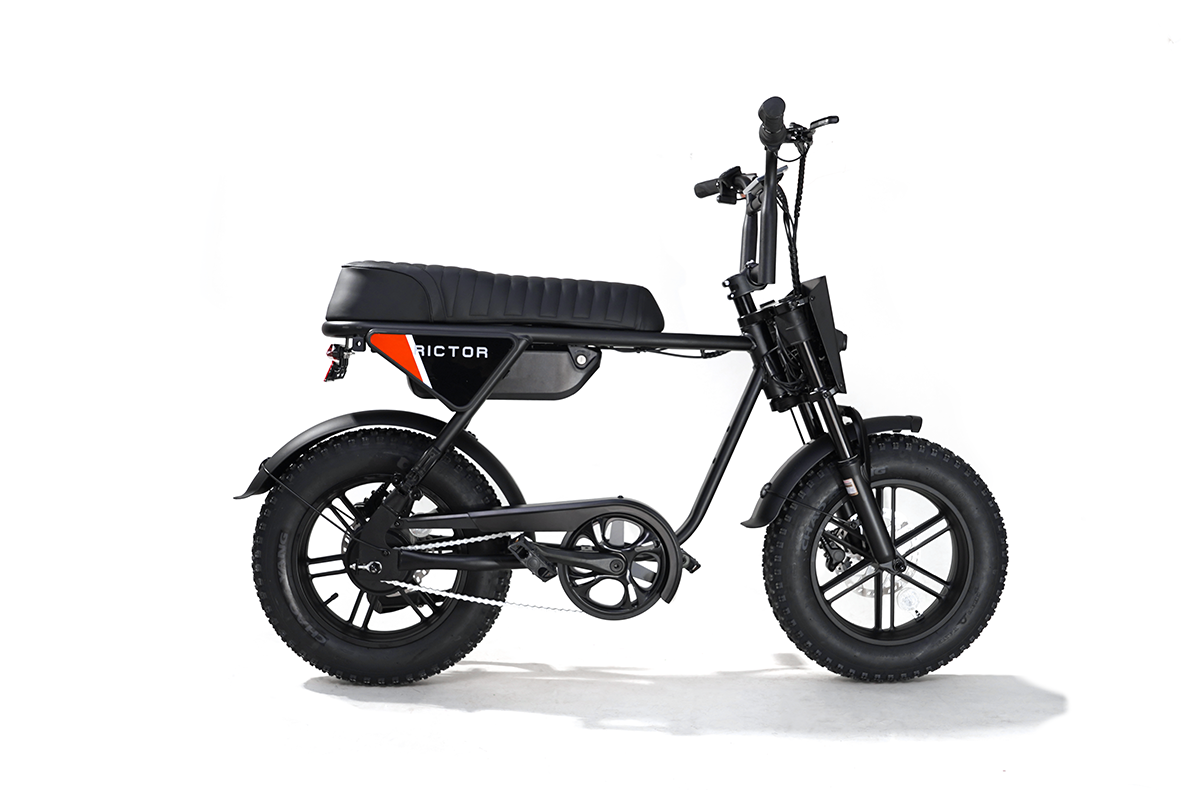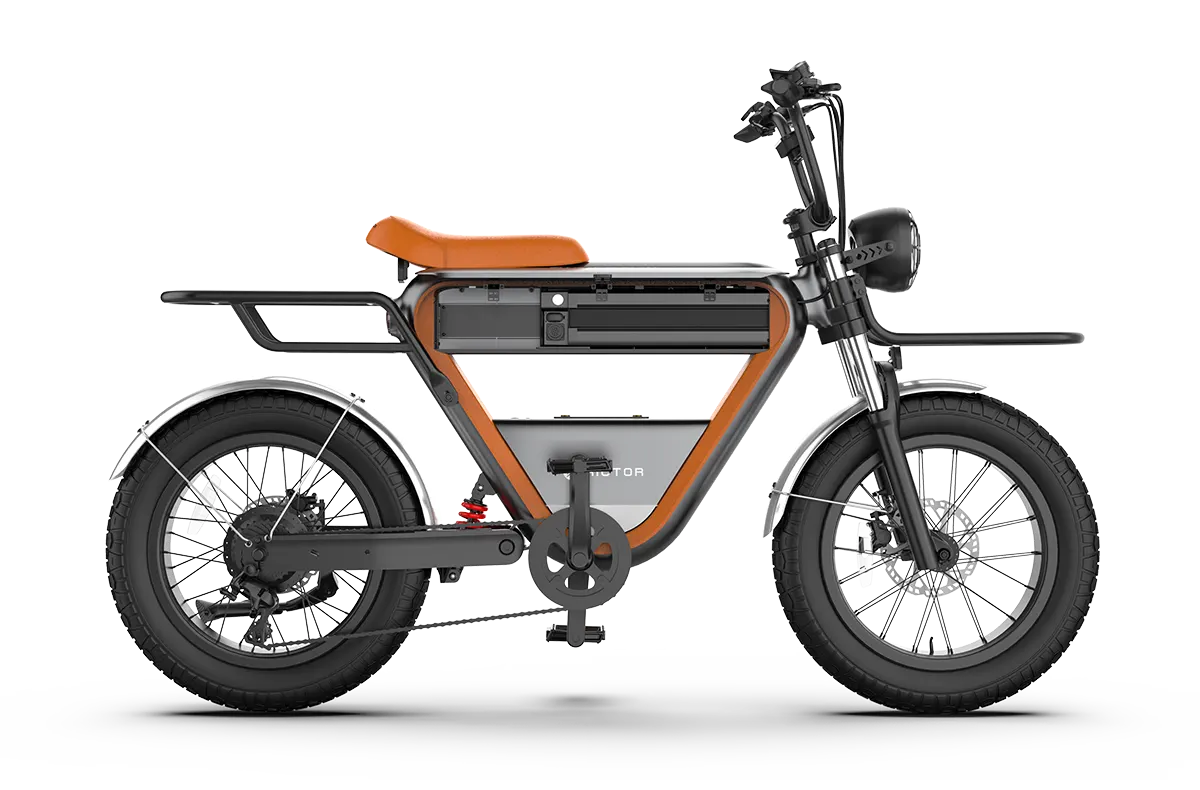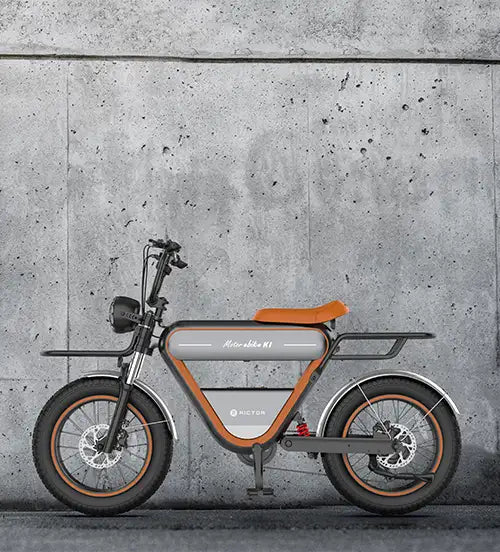
DIY Electric Bike Conversion: Transform Your Ride in 6 Steps (Costs + Tips)
Transforming a traditional bicycle into acustom electric bike is an achievable project for riders seekingmotorized efficiencywithout the cost of a factory-built e-bike. With the right components and technical know how, you can unlockenhanced speed,extended range, andeffortless hill climbing. This guide explores the methods, costs, and critical considerations for electrifying your bike.
Electric Bike Conversion Kits: Powering Your Ride
The cornerstone of any DIY ebike project is theconversion kit, a package that typically includes a motor, battery, controller, and accessories. Three primary motor types dominate the market, each offering distinct advantages.
Hub motor kits are among the most popular due to their straightforward installation. These systems replace your bike’s front or rear wheel with abuilt-in electric motor, delivering between250W and 1,000W of powerdepending on the model./p>
Hub motors excel in urban environments, providing quiet operation and minimal maintenance. However, their weight distribution—concentrated on one wheel—can slightly alter handling, particularly on uneven terrain.
Mid drive motor kits, mounted near the bike’sbottom bracket, integrate with the chain and gears for optimized torque delivery.
This design leverages the bike’s existing gear system, making mid-drives ideal for steep hills or off-road trails. While these kits often cost more and require mechanical expertise to install, they offer superior balance and efficiency, especially for riders tackling challenging routes.
Less common but budget-friendly,friction-drive kitsuse a motorized roller that presses against the tire to generate motion. These systems are lightweight and easy to retrofit but struggle in wet or muddy conditions, as tire slippage reduces efficiency.
SEE ALSO Full Suspension vs. Hardtail: Which Is the Best Option for You?

Battery Selection
The batteryis the lifeblood of your e-bike, dictating both performance and usability. Voltage—measured in24V, 36V, or 48V—directly impacts speed and power output, with higher voltages enabling faster acceleration and better hill climbing capability. Capacity, measured inampere-hours (Ah), determines how far you can travel on a single charge. A 36V/10Ah lithium-ion battery, for example, typically provides 20–40 miles of range, though factors like rider weight, terrain, and assist level heavily influence real-world results..
Lithium-ion batteries remain the gold standard for DIY conversions due to theirlightweight design,long lifespan, and rapid charging times. Lead-acid alternatives, while cheaper, add significant weight and degrade faster. When mounting the battery, ensure compatibility with your bike’s frame—options include down tube-mounted packs for a sleek look or rear-rack batteriesfor easy access.
Step-by-Step Installation Process
Begin by removing the existing wheel (for hub motors) or crankset (for mid-drives) to make space for the motor. Hub motors slide directly into the fork or rear dropouts, secured by nuts or quick-release skewers. Mid-drives demand precise alignment with the bike’s chainline, often necessitating bracket adjustments and torque wrench measurements.
Next, mount the battery securely to the frame or rack using included brackets, ensuring it’s protected from vibrations and moisture. Connect the motor to the controller—a small device that regulates power flow—and integrate throttle orpedal-assist sensorsif included. Many riders opt to add a handlebar-mounted display to monitor speed, battery levels, and assist modes. After wiring, conduct a thorough test in a safe area to calibrate responsiveness and identify loose connections.
Building your own electric bike (e-bike) through a DIY conversion can range from $550 to $2,300, depending on the quality of the components you choose. Entry-level hub motor kits start around $300, while more advanced mid-drive systems can easily exceed $1,500. Batteries also vary significantly in price, with basic models costing around $200, while premium lithium-ion batteries with higher capacity can go for $700 or more.
Pre-built e-bikes typically retail for anywhere between $1,500 and $5,000, with high-end models potentially reaching over $8,000. These premium bikes often feature advanced features like built-in GPS or lightweight carbon frames.
Choosing the DIY route can save you money and give you the flexibility to customize your bike to suit your specific needs. For example, you can prioritize longer-range batteries or more powerful motors.
Additionally, converting an existing bike allows you to reuse a frame you already trust. However, first-time builders should be prepared to invest in some extra tools (such as torque wrenches or cable crimpers) to achieve a professional-quality result.
The DIY approach not only saves money but also allows customization. Riders can prioritize specific features—such aslong-range batteriesorhigh-torque motors—while repurposing a trusted bicycle.
Legal and Safety Considerations
In the United States, electric bikes fall into three classes:Class 1(pedal-assist only, 20 mph max),Class 2(throttle-assisted, 20 mph), andClass 3(pedal-assist, 28 mph). Most states permit Class 1 and 2 e-bikes on bike paths, while Class 3 models may face restrictions. Always verify local regulations to avoid fines or confiscation.
Safety upgrades are equally critical.Reinforced frameshandle the added weight of motors and batteries, while hydraulic disc brake simprove stopping power at higher speeds. Regularly inspect electrical connections for wear, and avoid exposing components to extreme temperatures or moisture.
Maximizing Performance and Longevity.
To extend your e-bike’s lifespan, adopt a proactive maintenance routine. Clean the motor and battery terminals monthly to prevent corrosion, and store the bike indoors during winter months. Lithium-ion batteries perform best when kept between 20% and 80% charge, avoiding full discharges. For optimal efficiency, maintain tire pressure at the manufacturer’s recommended PSI and lubricate the chain frequently to reduce motor strain.
Conclusion
Electrifying your bicycle is a cost effective way to embrace thee-bike revolution, blending sustainability with cutting edge technology. By selecting the right components and adhering to safety protocols, you can create a personalized ride that outperforms many factory models.
FAQs
Can I convert a carbon framed bike to electric?
While possible, carbon frames may lack the structural integrity to support heavy motors or batteries—consult a professional before modifying.
What’s the average lifespan of an e-bike battery?
Lithium-ion batteries typically last 500–1,000 charge cycles, equating to 3–5 years with regular use.
Do DIY ebikes qualify for tax incentives or rebates?
Most incentives apply only to pre-built models, though some states offer discounts for eco-friendly transportation upgrades.




